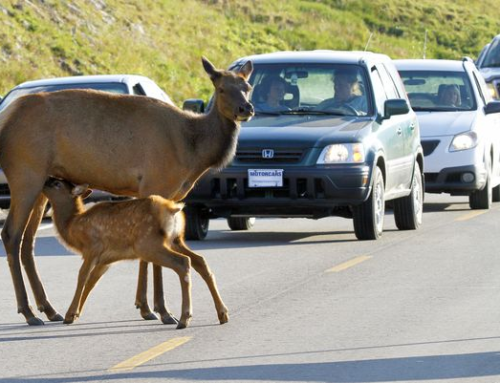“Change is inevitable. It will happen by design, or by default.”
That sage observation by David Brower has influenced much of my conservation work over the past several decades. I have come to the conclusion that directly engaging people in the “design” of strategies to respond to challenges, will yield results that are ultimately better for our communities, our economies, and our rural landscapes, than if we just let change happen.
And change is coming hard and fast to the Northern Rockies. In 1990, I was involved in an effort to craft a shared vision for the future of the Greater Yellowstone region when its population numbered about 430,000. Based on demographic trends, we estimated the population of this area would reach a half a million people by the year 2010. What actually occurred left our best projections in the dust. In fact the population surged by 170,000 people. Another 25,000 have been added in just the past five years and based on these trends there will be at least 830,000 people in the Yellowstone region by 2030. Add to this the effects of forces outside of our control, such as a changing climate, and it’s clear that we face some truly significant challenges if we are to conserve those special qualities that make this region such an attractive place to call home.
How this will affect our quality of life and that of our children, is anyone’s guess. But again, it makes sense that if we become better aware of these trends and more engaged in efforts to plan for, manage, and take advantage of these changes, we and the natural world that surrounds us will all be better off.
Through these blog posts, we will put a spotlight on these issues. We won’t just talk about the problems, but also highlight the solutions: on the ground actions that citizens, landowners, local officials and organizations are already taking to address their problems and opportunities. The good news is that these efforts are springing up throughout the region in towns and cities, rural farms and ranches, on public lands, and in the business community.
Future West is committed to supporting these actions through multi-faceted programs that provide crucial information, technical support, training and facilitation services to key land use decision makers. All of our projects are carried out in partnership with a diverse array of individuals and organizations, typically in response to their requests for assistance.
If we have an agenda, it is that important land use, economic development, and conservation decisions and actions are made in an informed and skilled a manner. As one county commissioner once said in regards to the array of issues he faces on a daily basis: “This stuff isn’t rocket science, it’s more difficult than rocket science.”
He could be right, but I believe that by collaboratively working together, we can design and achieve a future that meets our needs without sacrificing the very things that attract and holds us in this very special region.
If you share these concerns and interests, keep checking out our blog. Other Future West staff and friends will contribute, and if you have ideas for things we should be aware of and writing about, please let us know.
Until next time, enjoy life, work and play here in the Northern Rockies.








